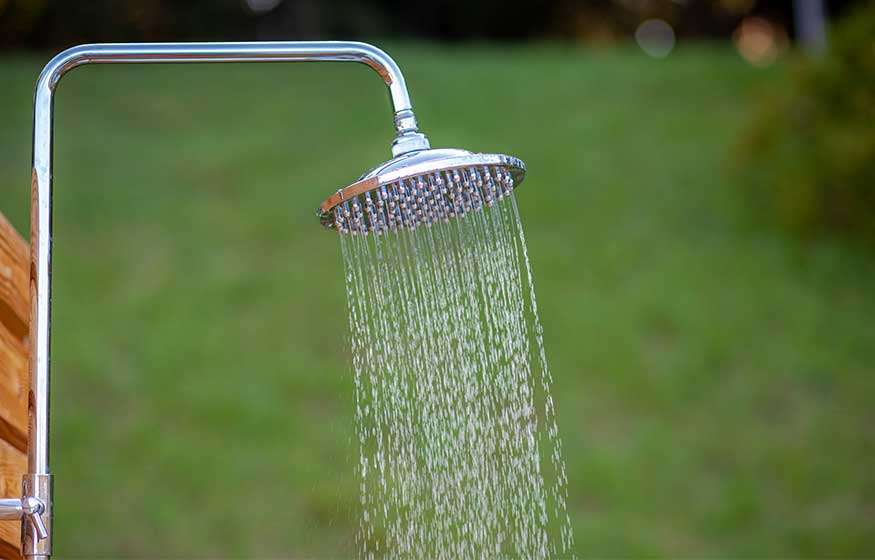A clogged shower head can be a real nuisance, reducing water pressure, and making showers less enjoyable. More often than not, the culprit is mineral buildup from hard water, but thankfully, the fix is usually simple and inexpensive. In this article, we will guide you through the process of returning your shower head to optimal…
READ MORE PLUMBING ARTICLES
By Made’s Plumbing
Ensuring Safe Water in Arlington, TX With Service Line Inspections
Headline stories like what happened in Flint, Michigan several years back have been a reminder…
Plumbing Myths in Arlington, TX: What Property Owners Should Know
Since the time we’re kids we hear all kids of plumbing myths. From the ridiculous,…
What to Do in a Plumbing Emergency: Tips for Arlington Residents
Experiencing a plumbing emergency in your Arlington, TX home is way more stressful than regularly…
Drop Us a Line!









